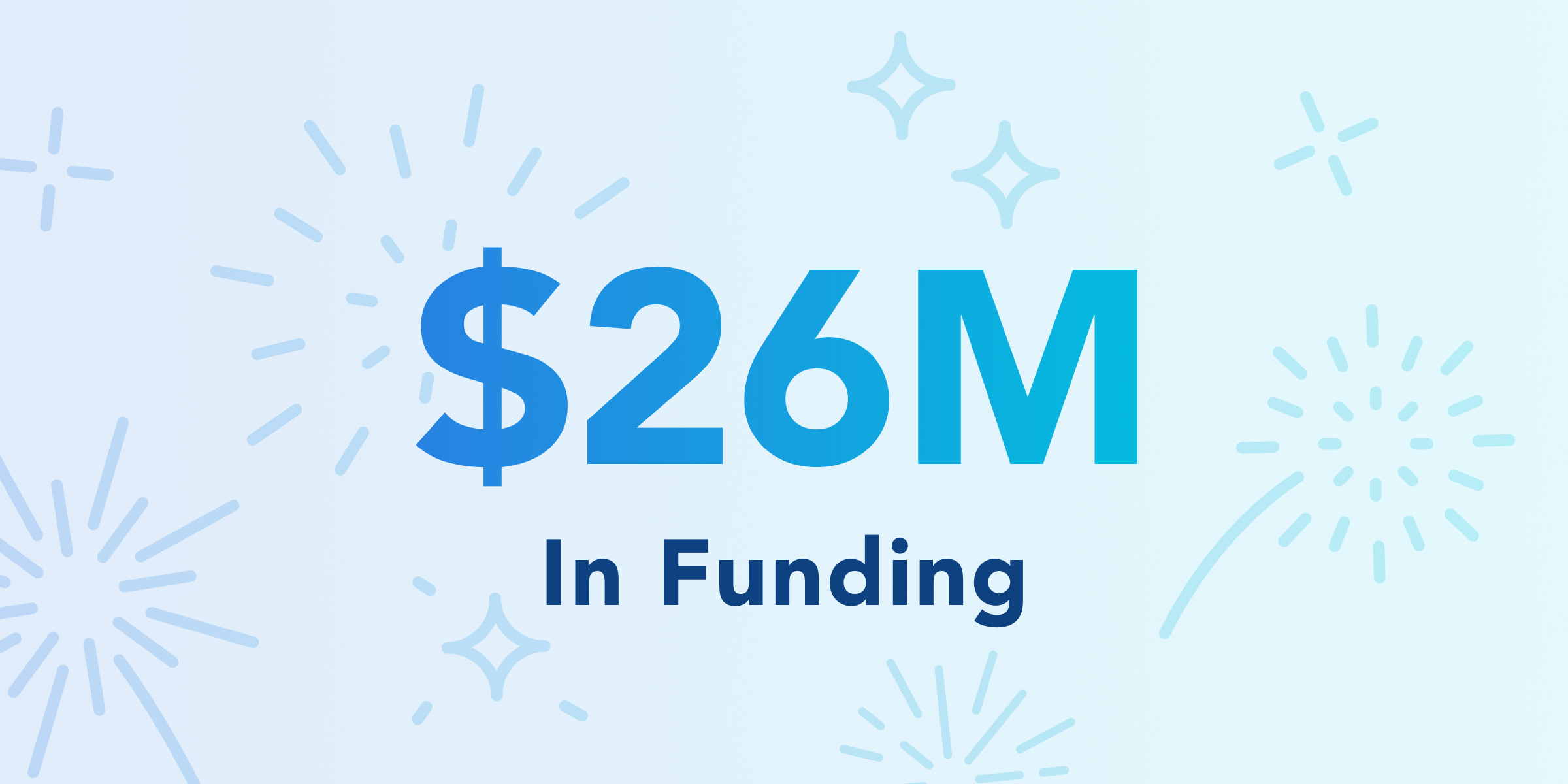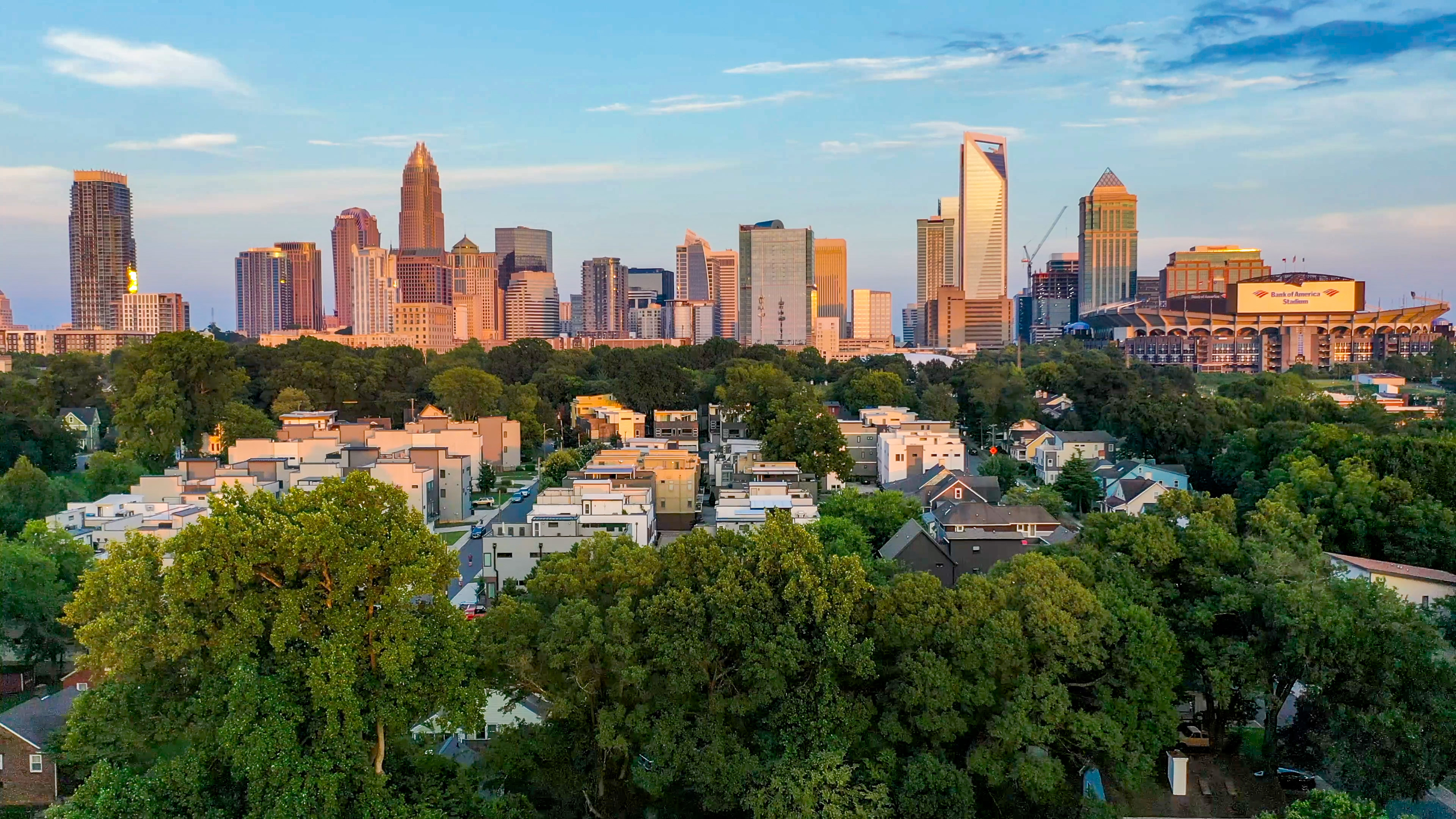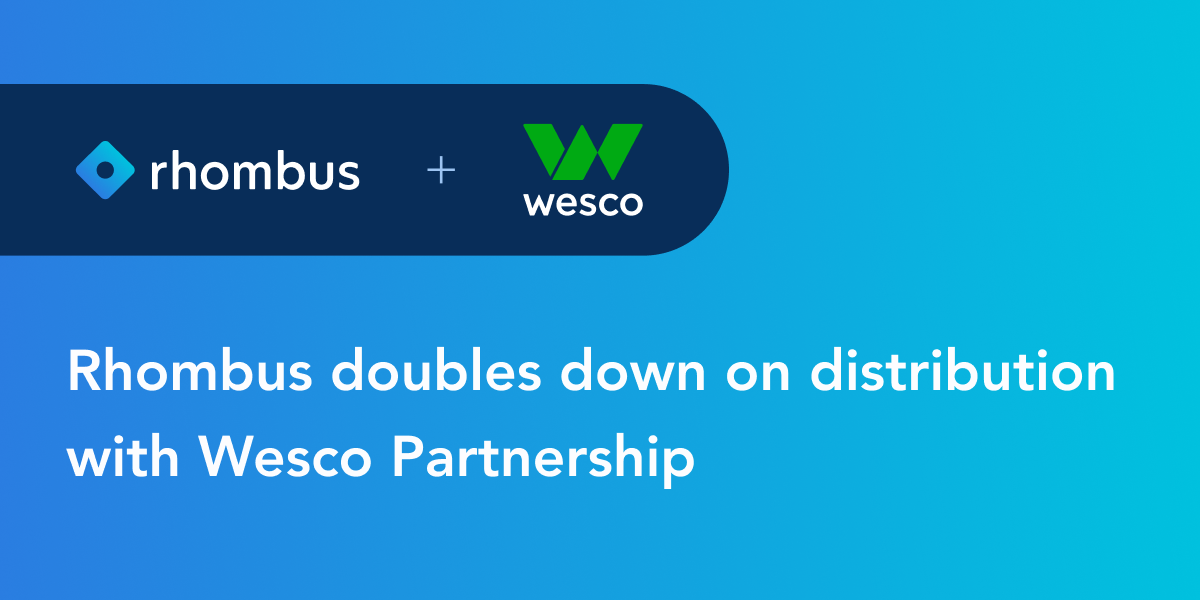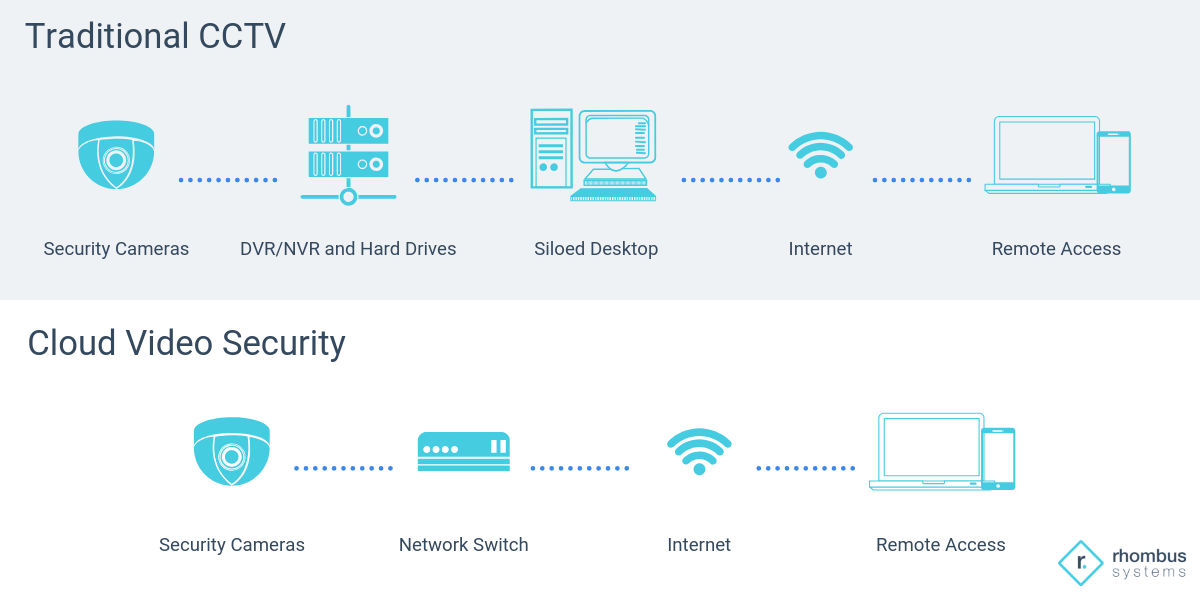
Why Commercial CCTV Is Dying, and Cloud Video Security Is on the Rise
July 16, 2019

A shift is beginning to take place in the world of physical security. More businesses and enterprises are beginning to transition from commercial CCTV systems to more cloud-based solutions. While both sides possess their share of pros and cons, the benefits of upgrading to cloud security cameras are heavily outweighing the use of traditional systems.
In this article, we’ll explain why this transition is happening and what’s driving organizations in making the switch.
What’s the difference between CCTV vs. Cloud?

CCTV stands for closed-circuit television and is a type of video surveillance system that leverages a DVR or other recording device. The ports available on the recorder limit the number of cameras you can use. This method of video security is often siloed with footage being stored locally on hard drives. Some systems allow for remote access but are complicated to set up and have limited functionality.
Cloud Video Security acts similarly to a traditional CCTV system but sends footage directly to the cloud. This method uses IP (internet protocol) cameras, which means no DVR/NVRs or hard drives are required. Since this option uses a cloud infrastructure, internet access is required, and remote access comes standard.
The Cost Difference Between Traditional CCTV Systems and Cloud Systems
Installation
Traditional systems require a wide range of hardware, such as DVR/NVRs, servers, and hard drives. More hardware components are involved with a traditional system, and this makes installation more complex and costly to do. Cloud systems provide easy installation as only the cameras are required and are plug-and-play.
Fully Utilized Infrastructure
With a traditional system, you must purchase servers and hard drives whenever you want to add more cameras and locations. Organizations are forced to buy more hardware than they need, wasting money on underutilized infrastructure. Cloud systems have a monthly subscription, but in return, offer a fully utilized infrastructure that isn’t dependent on hardware to provide optimal levels of security.
The Scalability of Traditional Video Security and Cloud Video Security
Centralized Console
Traditional systems are siloed from an organization since separate DVR/NVRs are required. Managing multiple locations and cameras are difficult as remote access is not available, and system managers must be on-site to access video feeds. Cloud systems allow organizations to manage their entire video security system from a single console, making it much easier to work with.
Easily Add More Cameras and Locations
Having flexibility when deploying video security is important to many organizations. Traditional systems are limited in this regard as deployment is contingent on hardware. Cloud systems make it easy for organizations to add more cameras and locations without having to purchase or be constrained by the number of DVR/NVRs, servers, or hard drives they have available.
Less IT Resources
Since more hardware is necessary with a traditional system, this requires extra IT resources dedicated for system management, maintenance, and security updates. Cloud systems require much less hardware, making it easier for IT to work with. Some cloud systems even offer automatic firmware and security updates to further reduce the amount of maintenance required.
Software Differences Between Traditional Security Cameras and Cloud Security Cameras
Better video analytics and tools
Traditional video security systems are notorious for inefficient and outdated software. When the software is not easy-to-use, this reduces the value an organization receives from their video security. Updating a traditional system is a cumbersome process, which forces an organization to rarely update the system and be exposed to potential security vulnerabilities. Cloud solutions offer modern software that gets updated frequently, end-to-end encryption, and have AI and Computer Vision features for things like object recognition.
Software that fits how business operate in today’s world
Traditional systems require a dedicated PC. In today’s world, managers are always on the move. It’s not feasible for managers to be tied to a desk and monitor or review video feeds. The user-experience from traditional systems don’t align with the other technologies we have readily available. Cloud systems offer a modern approach to video security software with standard remote viewing without having to set-up complicated client software.
Closing
One thing is for certain – businesses and organizations are modernizing and are looking for solutions to help minimize complexity and improve productivity. Traditional systems still leverage the old way of doing video security, where multifaceted hardware and extensive IT resources are required.
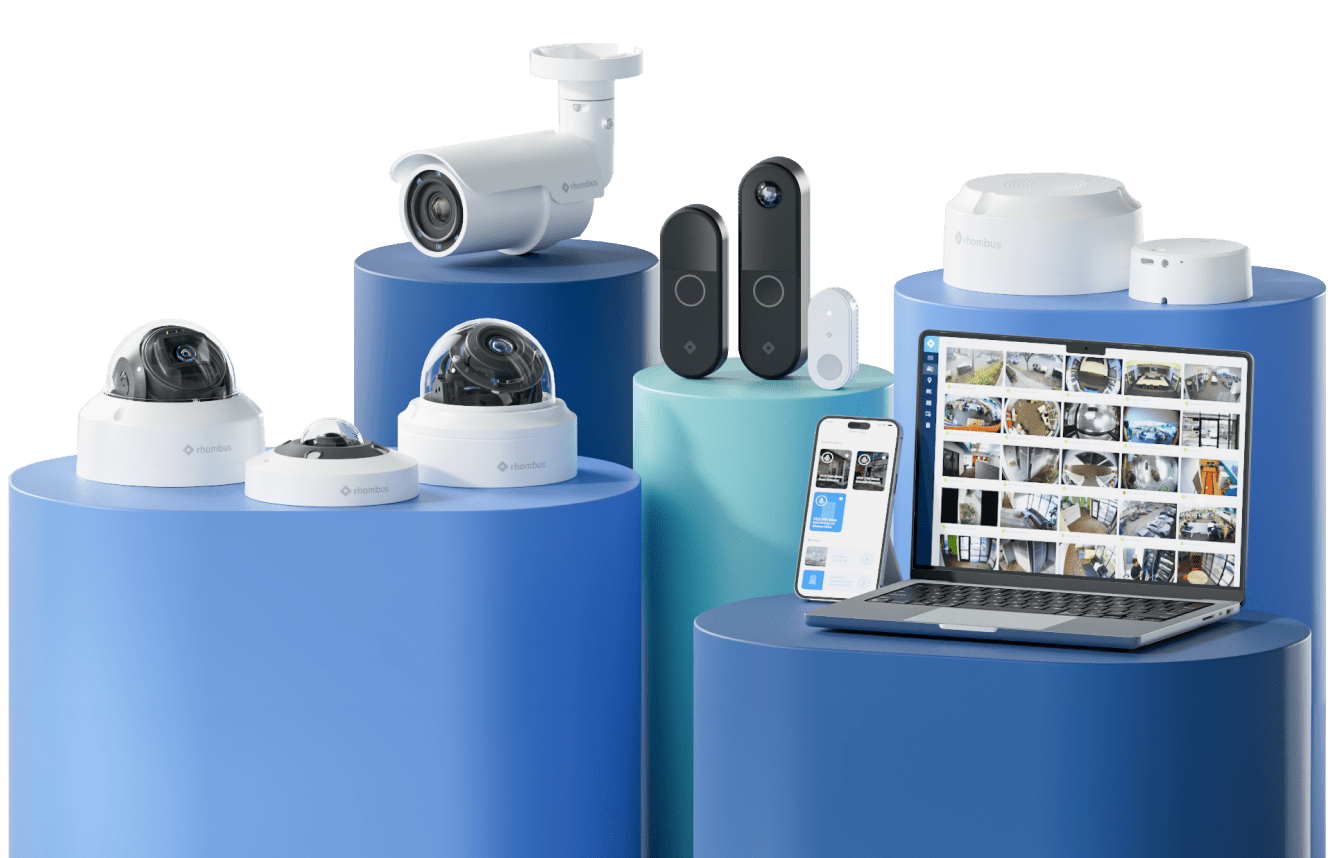
Try Rhombus for Free!
See why school districts, cities, and Fortune 500 companies use Rhombus.
Start Trial